(First upload on May 14 2003. Last on August 10 2016) [ 日本語 | English ]
Mount Usu / Sarobetsu post-mined peatland
From left: Crater basin in 1986 and 2006. Cottongrass / Daylily
HOME > Plant list (植物リスト) > Polygonaceae (タデ科) > Polygonum sachalinense
Polygonum L. (タデ)Ooitadori (オオイタドリ, 大痛取), giant knotweedLifeform: large perennial forb Distribution: Japan (north to central Honshu and Hokkaido) - Sakhalin Habitat: sunny, disturbed land, such as volcanoes, roadsides and skislopes
Field training on integrated environmental research (統合環境調査法実習) (fauna and flora 種リスト) Chromosome number: 2n = 44 (66, 102, or 132) |
Use: edible (young shoot), medicine (root) Synonyms:
Fallopia sachalinensis (Fr. Schmidt) Ronse Decr., often used |
|
On Mount Usu, Polyognum cuspidatum also establishes.
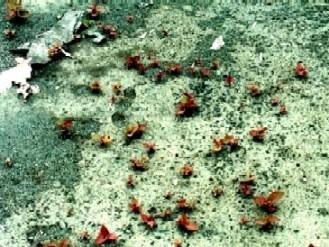 1
1
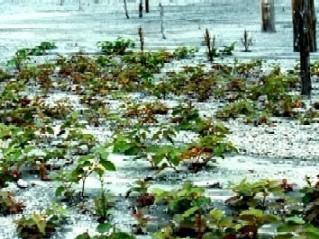 2
2
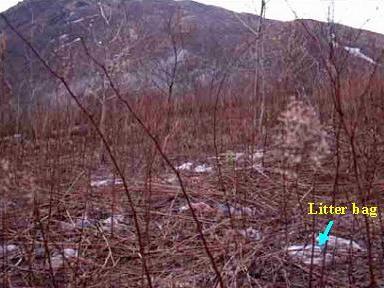 3
3
[1] 1983 (six years after the 1977-78 eruptions). [2] Most shoots are connected with each other under the ground. [3] In fall 1997. Withered P. sachalinense. The bags are for the measurement of litter decomposition.
 4
4
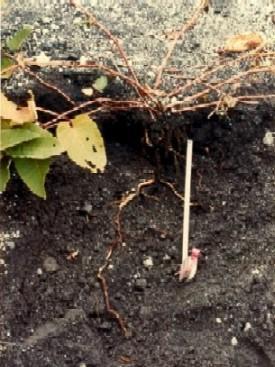 5
5
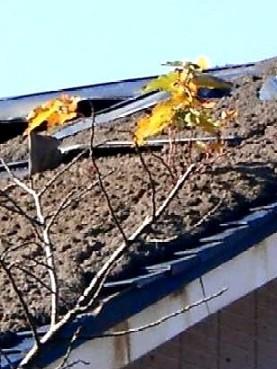 6
6
[4] In 1998. Near 4th crater. [5] On fall in 1989. Belowground organs were so deep, and occasionally the depth was > 1 m (but I could not take photo, because of darkness). [6] P. sachalinense grown of a roof near craters created by 2000 eruptions. Giant knotweed is a tough guy!
 7
7
 8
8
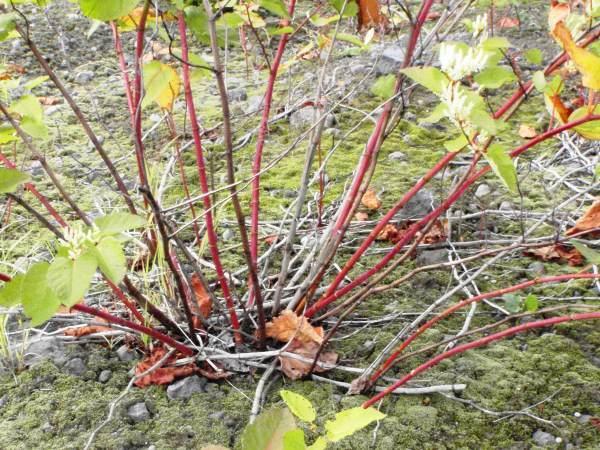 9
9
[7] a small patch with tens of centimeters in diameter. The patch will be as large as the patch shown in the central photo in the future. [8] a large patch with a few meters in diameter. [9] Under the patch, mosses estabished. This pattern might be categorized into facilitation. At around Yu-kun Crater on August 8 2011.
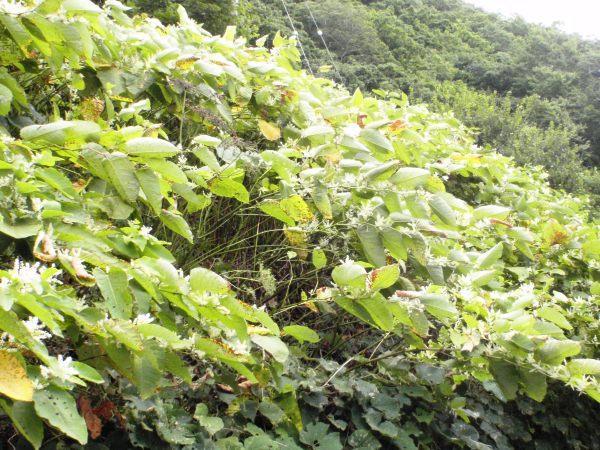 10
10
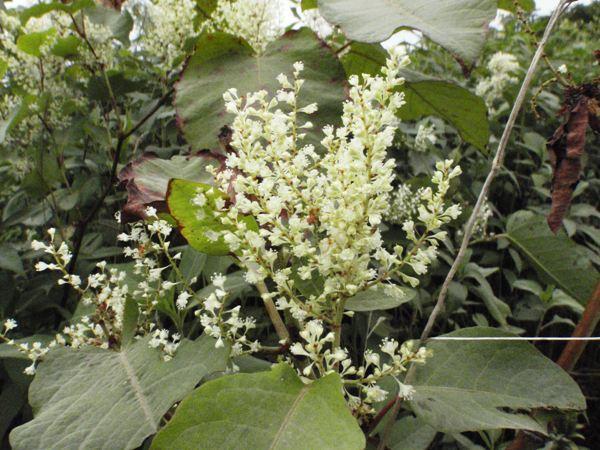 11
11
 12
12
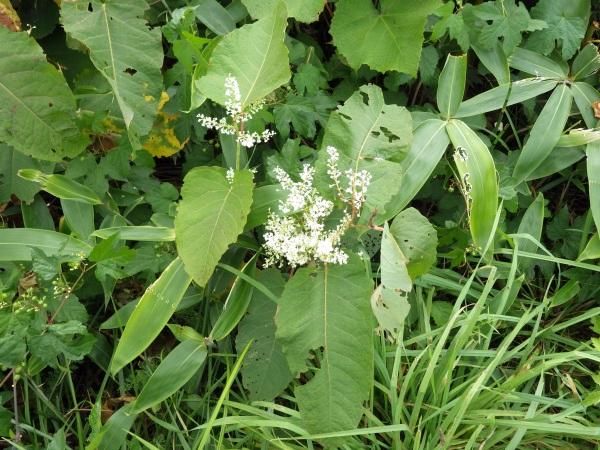 13
13
[10] a slope completely covered with a grassland dominated by P. sachalinense at Muroran Marine Station, HU, on August 22 2011. This scene is common in Hokkaido. [11] close-up of infloresecences at Zenibako Coast on August 31 2011. [12/13] at Ishikari Coast (New Port East), close to the area where the establihsment of wind farm is planed, on September 3 2015.
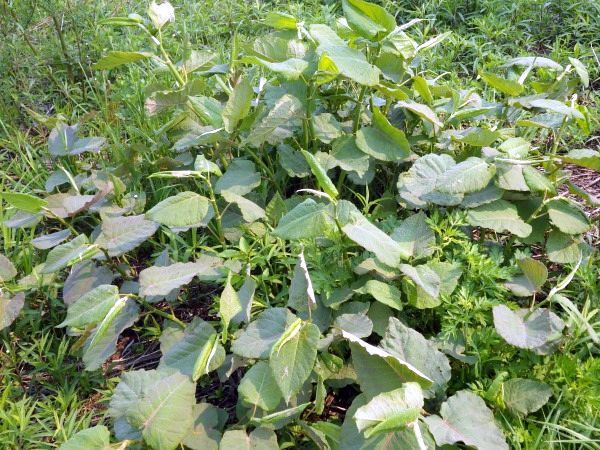 14
14
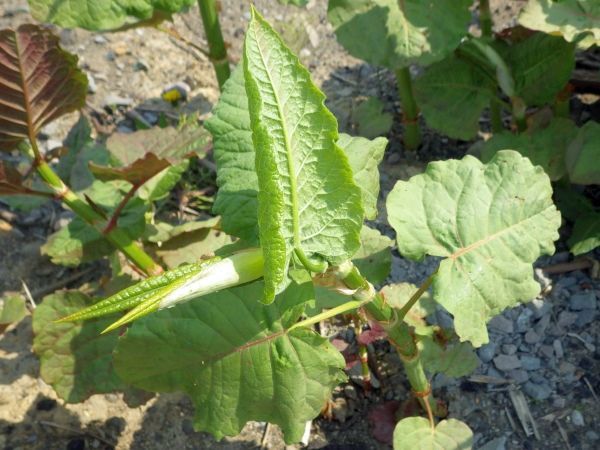 15
15
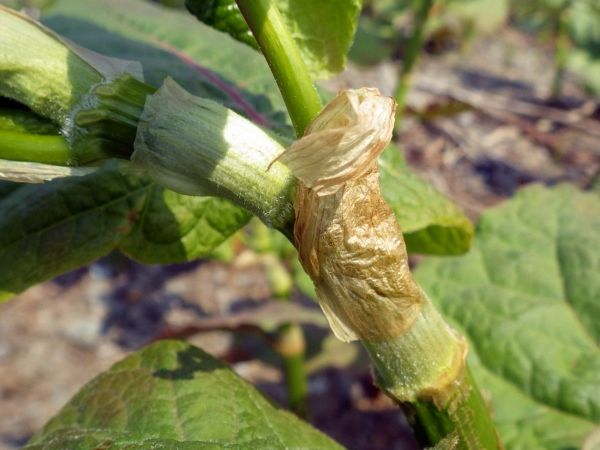 16
16
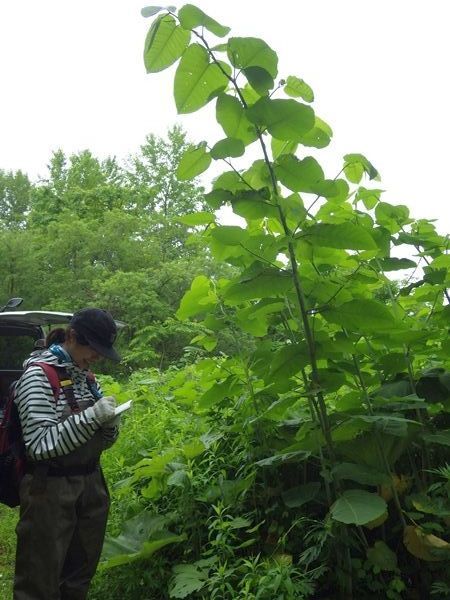 17
17
[14] at the backyard of the Institute of Low Temperature Science, Hokkaido University, on May 19 2016. [15/16] on an open space in front of an restaurant for the defense military of Japan, Teshio Town, on May 20 2016. [17] at the entrance of Shunbetsu River, south-central Hokkaido, on June 14 2016.